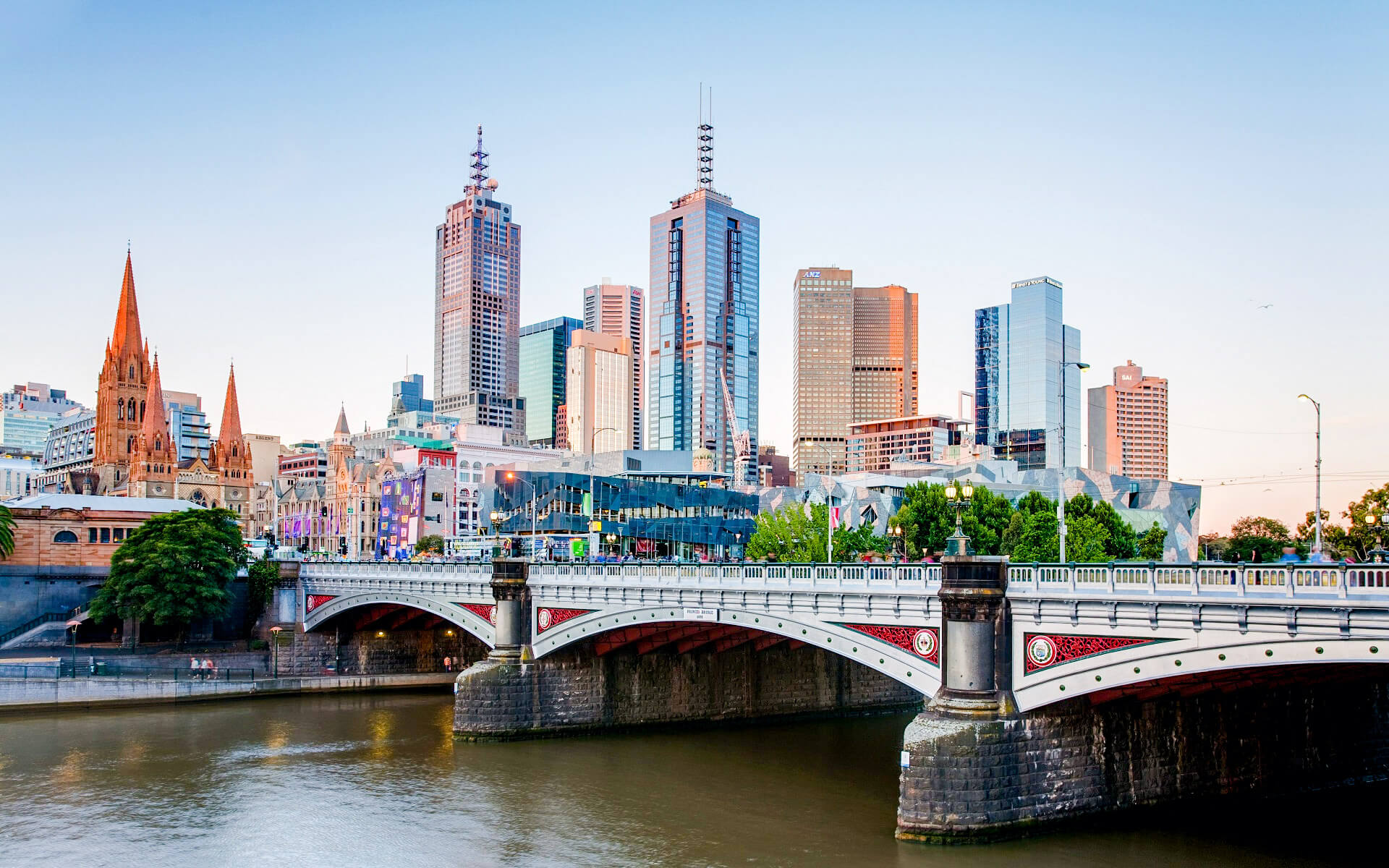Melbourne is the capital and most populous city of Victoria, as well as the second most populated city in Australia and Oceania. The word “Melbourne” refers to the greater metropolitan area’s urban agglomeration (as well as a census statistical division) encompassing 9,900 km2 (3,800 sq mi), as well as the popular moniker for its city core. The city is built on the vast natural harbor of Port Phillip and extends into the hinterlands to the Dandenong and Macedon mountain ranges, the Mornington Peninsula, and the Yarra Valley. Melbourne is made up of 31 municipalities. It has a population of 4,529,500 people as of 2015, and its residents are known as Melburnians.
On 30 August 1835, it was founded by free immigrants from the British Crown colony of Van Diemen’s Land in what was then the colony of New South Wales, and it was established as a Crown town in 1837. The Governor of New South Wales, Sir Richard Bourke, called it “Melbourne” in honor of the British Prime Minister at the time, William Lamb, 2nd Viscount Melbourne. Queen Victoria formally designated it a city in 1847, and it became the capital of the newly formed colony of Victoria in 1851. It was converted into one of the world’s greatest and richest cities during the Victorian gold rush of the 1850s. It functioned as the nation’s temporary seat of government after Australia’s federation in 1901 until 1927.
According to the Economist Intelligence Unit, Melbourne ranks well in education, entertainment, health care, research and development, tourism, and sport, making it the world’s most liveable city for the fifth year in a row in 2015. It is a major financial center in the Asia-Pacific region, and it ranks in the top 30 cities in the world according to the Global Financial Centres Index. It is the cradle of Australian impressionism, Australian rules football, the Australian cinema and television industries, and Australian contemporary dance. It is referred to as Australia’s “cultural capital.” It is a UNESCO City of Literature as well as a prominent center for street art, music, and theater. Many of Australia’s greatest and oldest cultural institutions, including the Melbourne Cricket Ground, the National Gallery of Victoria, the State Library of Victoria, and the UNESCO World Heritage-listed Royal Exhibition Building, are located here.
Melbourne Airport (also known as Tullamarine Airport) serves the metropolis and the state as the major passenger airport, while the Port of Melbourne is Australia’s busiest seaport for containerised and general cargo. Melbourne has a large public transportation system. Flinders Street Station is the primary metropolitan rail station, while Southern Cross Station is the principal regional train and bus station. Melbourne also features the most extensive motorway network in Australia and the world’s biggest metropolitan tram network.


